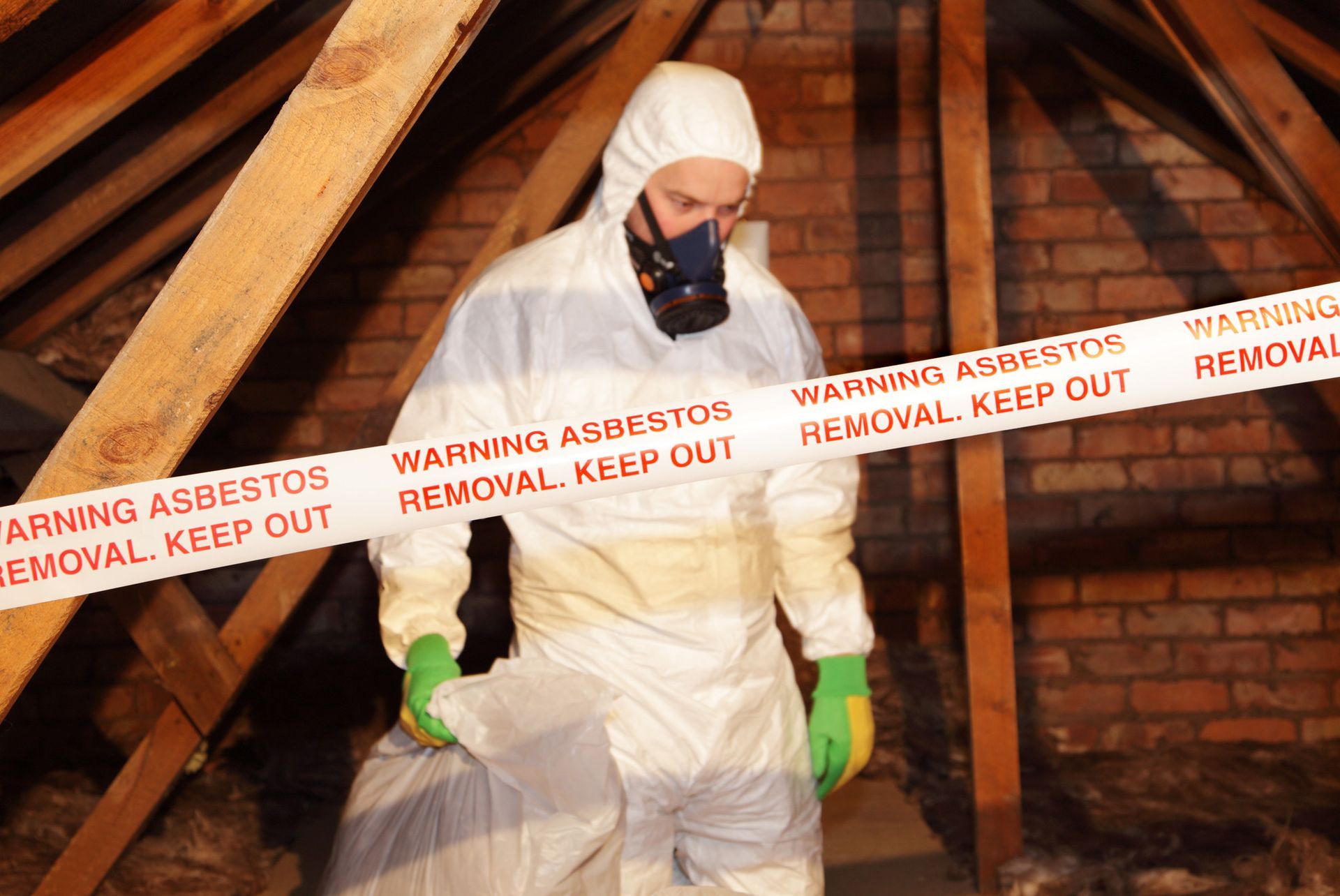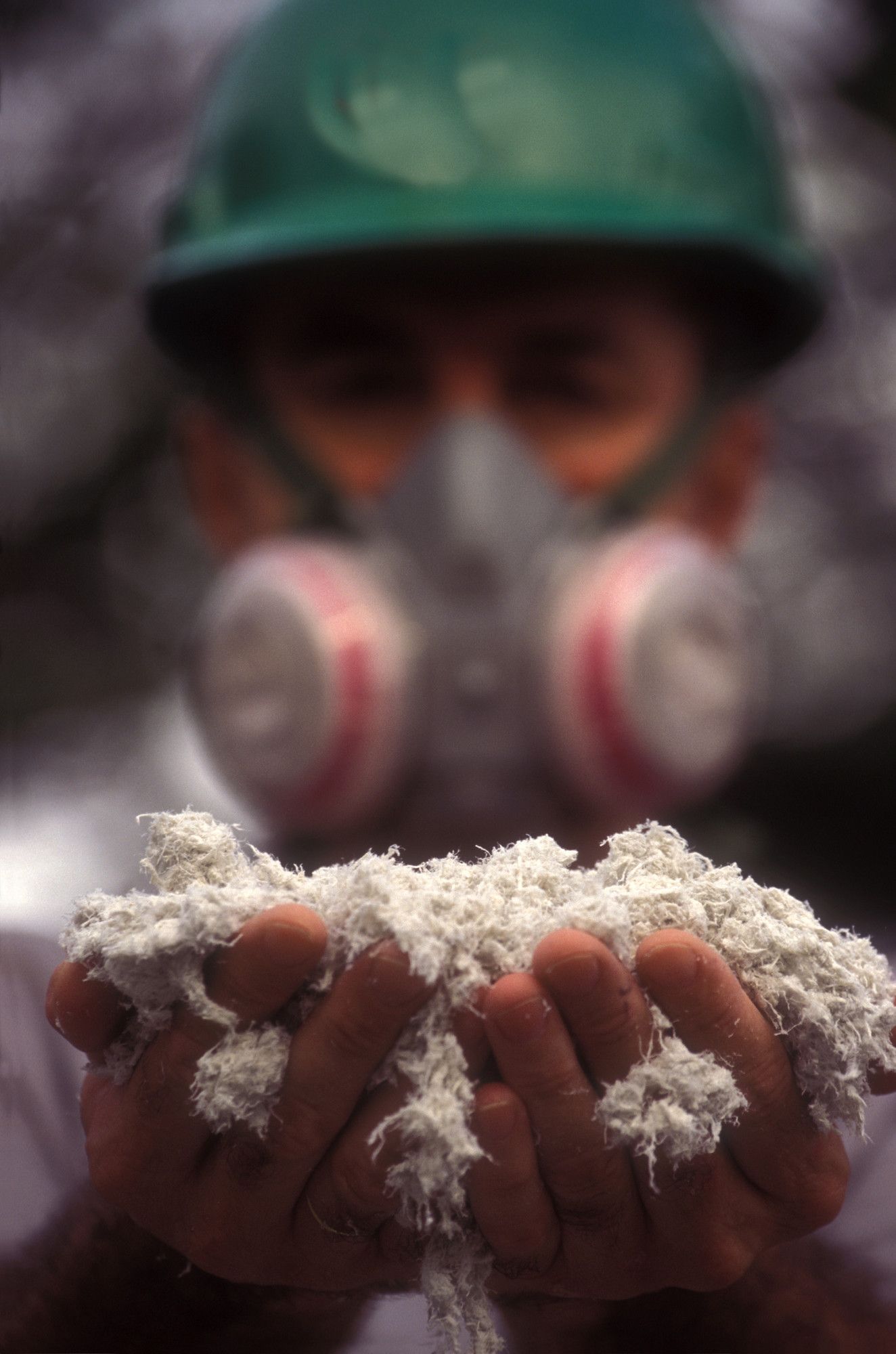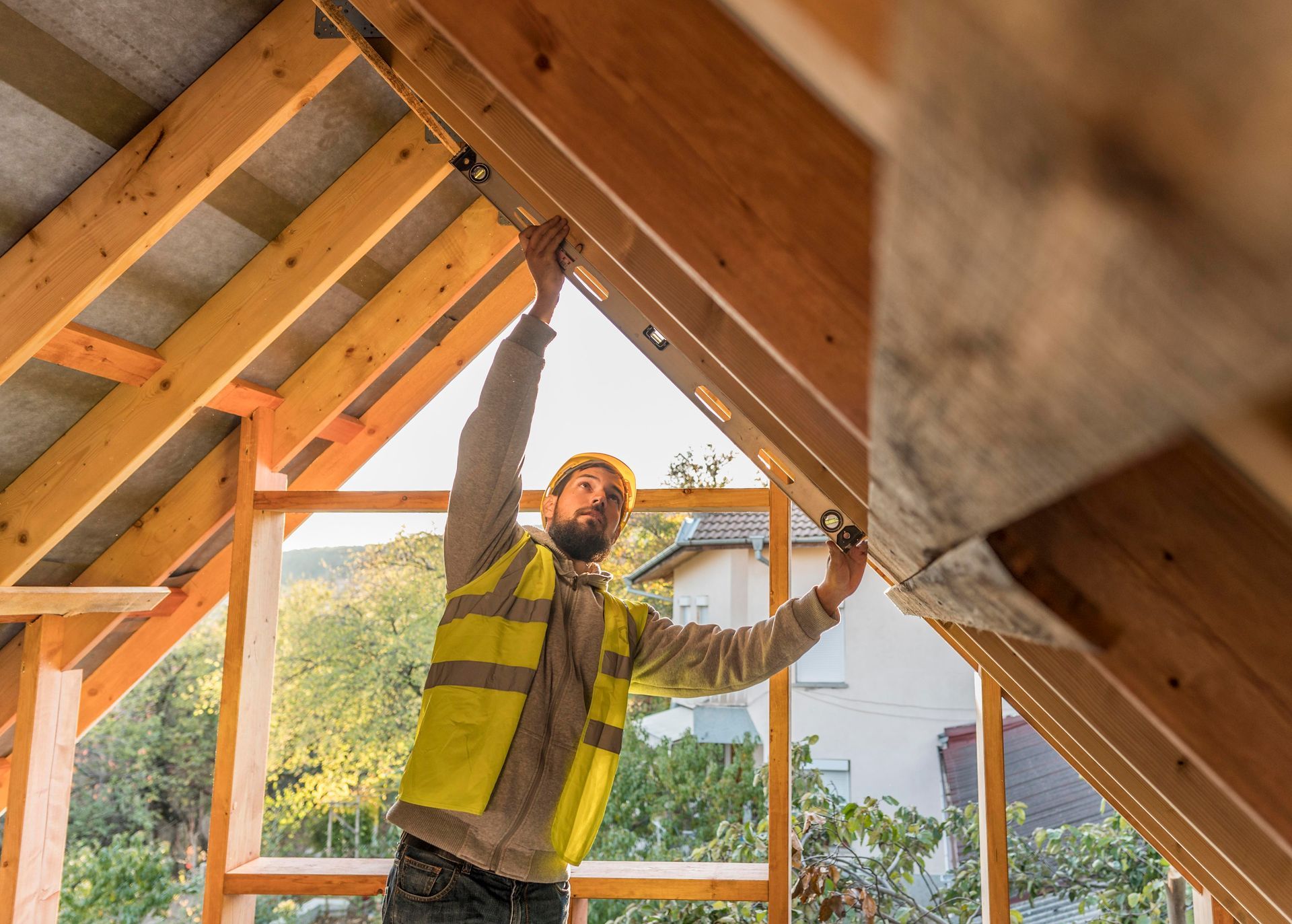What is Land Remediation and How is it Done?
The UK is a world leader in the regeneration and management of land, offering a wide range of technologies, systems and ideas designed to tackle contamination issues. The UK’s expertise in land remediation was borne out of necessity, with our small island being home to hectares upon hectares of contaminated land.
It’s normal for landmasses to become contaminated over time, either through natural geological processes or through human interventions like agricultural work and infrastructure piping. However, this can have a significant impact on any projects you’re working on. Whether you’re facing general pollution, an asbestos problem, unlicensed waste disposals, or groundwater contamination, it’s crucial to consult an expert and undertake land remediation works.
This guide from Gowrie Contracts outlines exactly what land remediation means, the process it follows, and the variety of techniques that can be used to restore land to an acceptable condition for your project to get back on track.
What is land remediation?
Land remediation aims to restore land to an acceptable condition by resolving or treating problems caused by contamination in soil and water.
Land is legally defined as 'contaminated' in cases where substances are causing or could cause significant harm to people, property or protected species, as well as causing significant pollution to surface waters (e.g. lakes or rivers) or groundwater. Land can become contaminated by a variety of substances, from heavy metals to agricultural waste. The environmental, financial and legal implications of this can be substantial.
The level of risk posed by contamination depends on the scenario. For instance, safe levels of a potential contaminant can be much higher under a car park than underneath an orchard. This is because people work on the orchard’s soil and eat food grown from the soil, so are therefore more exposed to the contamination than they would be in a car park.
Contaminated site remediation can involve any or all of the following approaches:
● Removal of contamination
● Removal of the pathway between contamination and receptor
● Removal of the receptor, e.g. limiting access to the site
● Treatment of the contamination to safe levels
When site remediation is finished, the site becomes suitable for its current use, which doesn’t mean that it is ‘clean’ or completely free of contamination on a more general level. Further assessments or remediation work may be required if there is any planned change to the land’s purpose or usage.
The land regeneration process
Many contaminated site remediation projects follow a 4-stage process, as outlined below.
Stage 1: Preliminary site investigation
Extensive desk research is carried out in order to understand the history of the site and its geographical and geological context.
Stage 2: Intrusive on-site investigation
This involves potentially disruptive work such as borehole drilling, sample collections, and laboratory testing. A thorough risk assessment will be carried out in order to identify all sources of contamination, the receptors (i.e. human health, water resources, ecosystems) that may be damaged and the pathways between them. This aims to evaluate whether there is a significant risk and will result in setting appropriate targets, depending on the findings.
Stage 3: Remediation works
At this stage, there will likely be an appraisal and/or discussion stage. This is so that all involved in the site remediation project can select the best technology and techniques for the job at hand. It will also involve budgeting and balancing costs, as well as outlining the benefits of remediation and the sustainability of the remediation options available. These discussions and appraisals inform the implementation plan, which sets out exactly how objectives will be met.
Stage 4: Verification and validation
The site will be monitored closely in order to assess whether all objectives have been achieved. The findings will be presented with evidence and potentially further recommendations.
Technologies and techniques used in remediation works
There are a number of remediation technologies and techniques available, which can generally be categorised into ex-situ and in-situ methods. Ex-situ methods involve the excavation of affected soils and subsequent treatment, as well as extraction of contaminated groundwater and treatment at surface level. In-situ methods seek to treat the contamination without removing the soils or groundwater.
We’ve outlined some of the most common methods below - keep reading to find out exactly how contaminated site remediation works.
Excavation or dredging
Excavation can be as simple as removing the contaminated soil and depositing it in a regulated landfill site, but it can also involve aerating the excavated soil if there are volatile organic compounds present. If the contamination affects the bed of a river or bay, then dredging of contaminated mud or other silty, clay materials may be conducted.
Pump and treat
The pump and treat technique involves pumping out contaminated groundwater using a submersible pump or vacuum pump and allowing the extracted groundwater to be purified by slowly passing it through a number of vessels containing materials designed to adsorb contaminants from the groundwater, such as activated carbon or flocculants. For most biodegradable materials, bioreactors can be used to clean contaminated water to non-detectable levels.
Depending on the site’s geology and soil type, the pump and treat technique can be a great way to quickly reduce high concentrations of pollutants. It is more difficult to reach sufficiently low concentrations to satisfy remediation standards, due to the absorption and desorption processes in soil. Pump and treat is often not the best form of site remediation available, as it can be costly and is typically a very slow process.
Solidification and stabilisation
Solidification/stabilisation (S/S) is remediation technology that relies on the reaction between a binder and the soil in question to stop, prevent, or reduce the mobility of contaminants. Stabilisation involves adding reagents to the contaminated material to produce more chemically stable components.
Solidification, on the other hand, involves adding reagents to the contaminated material in order to achieve physical or dimensional stability, with the aim of containing contaminants in a solid product and therefore reducing the chances of external agents (such as air or rain) accessing the contaminant.
Though it is an established technology, the uptake of S/S has been relatively low and a number of limitations have been identified. These include:
● Widespread use of landfills for disposal purposes
● Lacking authoritative technical guidance on S/S technology
● Uncertainty over durability and the rate of contaminant release after treatment
● CO2 emissions due to the use of cement
● Continued liability due to (immobilised) contaminants remaining on-site, rather than being removed or destroyed
Soil vapour extraction and multi-phase extraction
Soil vapour extraction (SVE) is an effective remediation technology for soil, while multi-phase extraction (MPE) is an effective remediation technology when both soil and groundwater are being remediated. SVE and MPE both aim to treat volatile organic compounds generated after vacuum removal of air and vapours from below the land surface, though they go about it differently.
The techniques used include granular activated carbon, thermal and/or catalytic oxidation and vapour condensation. Typically, activated carbon is used for low concentrations of volatile organic compounds within vapour streams, oxidation is used for moderate concentrations, and vapour condensation is used for higher volatile organic compounds concentrations.
Bioremediation
Bioremediation treats contaminated land either by adjusting the environmental conditions in a way that stimulates microorganism growth or through natural microorganism activity. Both of these methods should ultimately result in the natural degradation of contaminant(s).
Sub-categories within the bioremediation technique include biostimulation, bioaugmentation, and natural recovery or attenuation. Bioremediation is either carried out in-situ (i.e. at the site of contamination) or at a separate, controlled site following the removal of the contaminated soils (ex-situ).
Air sparging
Air sparging is an in-situ contaminated site remediation technology used in cases involving groundwater or saturated soils and is generally used in conjunction with vapour extraction techniques. The air sparging technique is commonly used in the remediation of groundwater or saturated soils that are contaminated with volatile, and some semi-volatile, organic compounds.
Essentially, this site remediation technique involves drilling injection wells into the upper surface of the zone of saturation, known as the water table. These wells are connected to a mounted blower unit located on the land’s surface, which pumps air through the wells and into the groundwater. The air then flushes the contaminants into the unsaturated zone.
In some cases, an extra set of shallower wells can be drilled into the unsaturated zone in order to extract the vapours for discharge into the atmosphere or further remediation works and treatment.
From Land Remediation to Demolition Works: Gowrie Contracts Can Help
Gowrie Contracts’ land remediation team can help you combat contamination. We’ll guide you through the entire process, from providing preliminary advice to completing remedial works. Our skilled team are industry-leading experts who undertake continuous training and are in the know about new technological developments in the field in order to provide the best quality service possible.
The team at Gowrie Contracts has operated across Scotland since 2007, offering everything from demolitions and building strip-outs to asbestos removal and land remediation. Our site remediation experts in particular boast over 30 years of specialist industry experience. We’re also proud members of a number of key organisations, including the National Demolition Group, the National Federation of Demolition Contractors, and ACAD. To find out more about what we do or to enlist the help of our land remediation team, get in touch today.
BUSINESS HOURS
- Mon - Thu
- -
- Friday
- -
- Sat - Sun
- Closed
Registered Company Name: Registered Company Name: Gowrie Contracts Ltd
Registered Address: Registered Address: 9 Faraday Street Dryburgh Industrial Estate Dundee DD2 3QQ
Registered Company Number: Registered Company Number: SC311140




